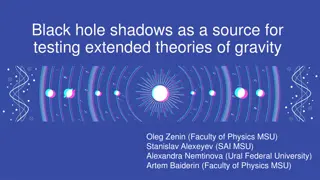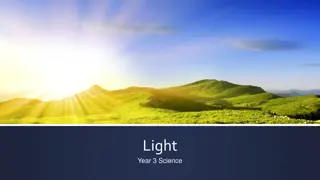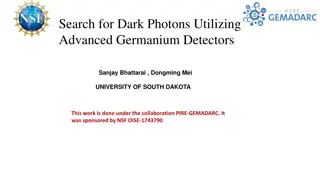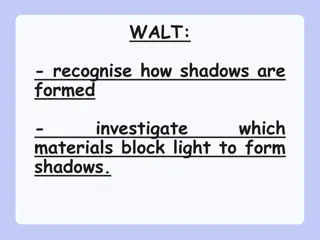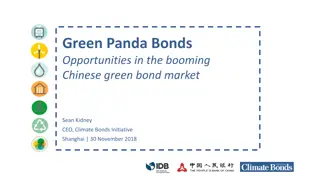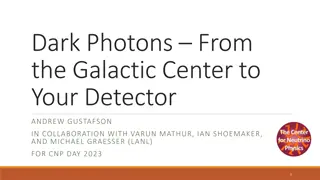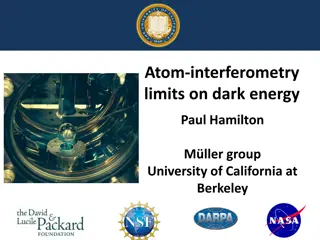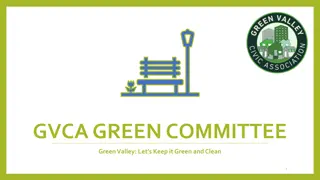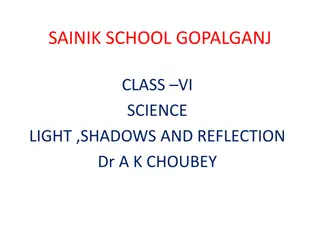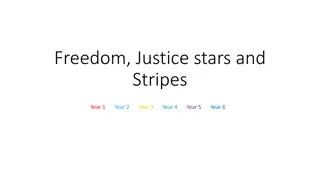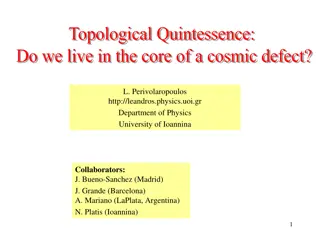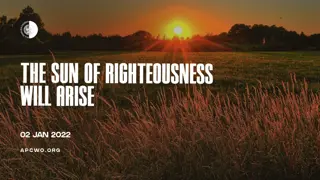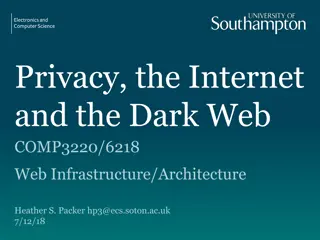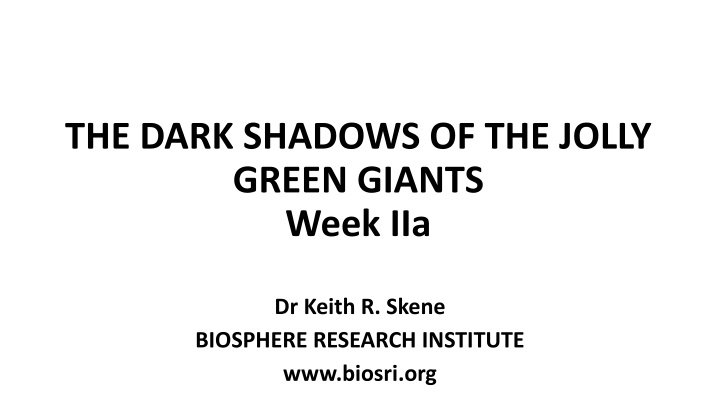
Exploring Geothermal Energy Innovations and Challenges
Discover the fascinating world of geothermal energy, from its historical roots to modern applications. Learn about the benefits of geothermal energy as a reliable and renewable power source with lower environmental impact. Uncover the challenges faced in harnessing geothermal energy, such as geographic variations in utilization. Explore the potential of geothermal energy to meet global heating and cooling demands. Join us on a journey through the past, present, and future of geothermal energy.
Download Presentation

Please find below an Image/Link to download the presentation.
The content on the website is provided AS IS for your information and personal use only. It may not be sold, licensed, or shared on other websites without obtaining consent from the author. If you encounter any issues during the download, it is possible that the publisher has removed the file from their server.
You are allowed to download the files provided on this website for personal or commercial use, subject to the condition that they are used lawfully. All files are the property of their respective owners.
The content on the website is provided AS IS for your information and personal use only. It may not be sold, licensed, or shared on other websites without obtaining consent from the author.
E N D
Presentation Transcript
THE DARK SHADOWS OF THE JOLLY GREEN GIANTS Week IIa Dr Keith R. Skene BIOSPHERE RESEARCH INSTITUTE www.biosri.org
10000 years Palaeo- Indians Neutral territory Cooking, healing and bathing
Brief history of recent geothermal energy use 1856: Peter von Rittinger (1811-1872) develops the heat pump 1900: Hot spring water pumped to heat houses around Klamath Falls, Oregon 1904 First geothermal generator developed by Prince Piero Ginori Conti near Pisa, Italy 1913 First working generator produces 250 kWe
Largest: 1.2GW the Geysers Geothermal Complex, California
Fact: 47% of total global energy demand is used for heating or cooling FACT: If 1% of available geothermal power was used by humans it would provide sufficient energy for 2800 years A reliable, continuous, renewable energy source Lower land and water use than many other forms of renewable energy What s not to like???
Challenges I: geographic heterogeneity Very dependent on location Italy, Iceland and New Zealand are main centres 99% of houses are heated using geothermal energy But in 2015, only 0.5% of global electricity was geothermal
Granite as an alternative Granite undergoes radioactive decay Releasing heat Much more global distribution
Estimates suggest up to 10GW energy (30% of national electricity generation) could come from geothermal energy in the UK Includes granite and flooded mines.
Challenges II: Heat distribution While electricity generation can supply large areas Heating from water only works across short distances from source
Challenges III: Construction costs High levels of water use in construction (30 m3 per m drilled) Contamination of groundwater The amount of arsenic in the Waikato River, NZ, has more than doubled since the installation of the Wairakei power plant Surrounding ecology is often extremely fragile given the harsh conditions.
Challenges III: Lifetime issues Hydrogen sulfide, mercury, arsenic and other chemicals are released into the atmosphere Greenhouse gas emissions (methane) rival that of natural gas plants The likelihood of acidification was 2.2 times higher in the geothermal power plants than coal power plants and 28 times higher than natural gas power plants Danger of hydrothermal eruption or seismic activity
Increased heat and acidity devastates endemic diversity, allowing non-native species to invade Community resilience and stability declines Tourism impacted in NZ, 100 geysers have disappeared
Open v closed loop Closed loop systems (binary) release much less gas than open systems SCO2: supercritical carbon dioxide
GROUND SOURCE HEAT PUMPS (GSHP)
Closed loop pumps a heat-carrying liquid through a circular pathway Open system exchanges heat with the groundwater which is re- injected into the aquifer
GSHP: A brief history Ground source heat has been used for millennia, often for slow cooking, such as in the case of the dreaded Icelandic H karl 1912: First Ground Source Heat Pump patent Heinrich Zoelly 1948: First commercial building fitted (Commonwealth Office, Portland)
Issues I: Construction Air pollution Groundwater contamination Acidification Eutrophication
Issues II: Lifetime Serious structural integrity issues The case of Staufen-im-Breisgau
Subsidence also possible Due to salt layer dissolution Soil Soil Salt Salt Aquifer Aquifer
Suffocation, poisoning and explosions Cross contamination of aquifers possible Shallow gas layers can lead to suffocation, poisoning or explosion (or all three together!) Physiochemical alteration of ground water due to temperature changes can impact ecology
Policy recommendations Policy to establish openly available global geo-referenced information base on critical geological conditions; Shift to closed rather than open-loop; Research to address groundwater contamination, particularly of arsenic; Research to reduce thermal discharge.


